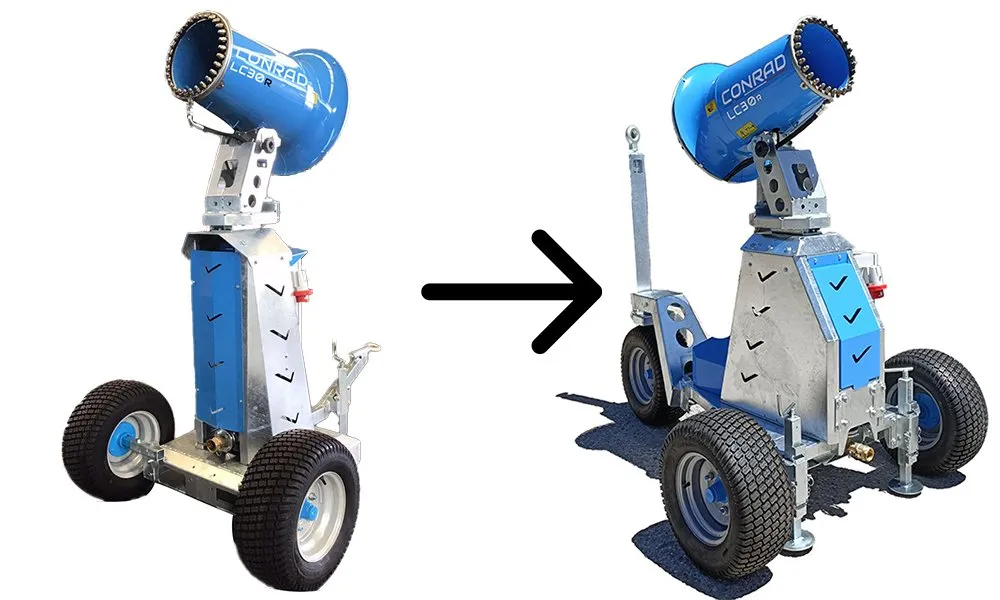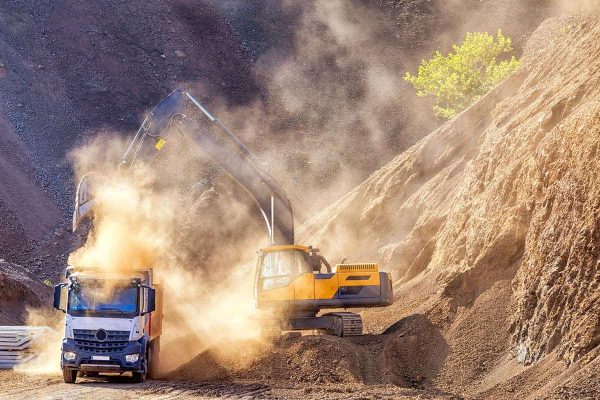
Dust suppression is essential across many industries, from construction to mining to manufacturing. The right dust suppression equipment not only ensures compliance with health and safety regulations but also protects employees from respiratory hazards, improves air quality, and reduces maintenance needs for machinery. With a wide range of equipment available on resources like bosstek.com, selecting the right system for your needs can seem overwhelming. This article highlights key factors to consider when choosing dust suppression equipment.
Assessing your dust suppression requirements
The first step in selecting dust suppression equipment is to evaluate the type of dust generated, the specific needs of your operation, and the work environment. Consider the source of the dust, whether it’s from grinding, cutting, drilling, or moving heavy materials. Additionally, think about where the dust is being generated, as equipment suitable for indoor environments may not work well in open outdoor areas. Understanding the characteristics of your dust (such as particle size and composition) will also help determine which type of suppression system will be most effective.

Wet suppression equipment: Water Sprays and Misting Systems
Water-based systems are among the most commonly used dust suppression solutions, and they’re highly effective for industries producing large amounts of dust in outdoor settings. Water sprays and misting systems are available in various forms, including spray nozzles, sprinkler systems, and portable misting fans. Misting systems are ideal for situations where finer dust particles need to be controlled, as they use smaller droplets to capture these particles more effectively. Sprinkler systems are useful for covering larger areas, making them popular in industries like construction and mining. However, if your site is in a cold climate where water might freeze, wet suppression systems may present challenges.
Dry suppression equipment: Filtration and Vacuum Systems
Dry dust suppression equipment includes filtration systems like baghouses, cyclones, and vacuums. These are most suitable for indoor operations or settings where water is not practical. Baghouses and cyclones use a series of filters to capture dust particles, preventing them from being released into the air. This method is highly effective for industries dealing with fine, hazardous, or combustible dust, such as woodworking, metalworking, and manufacturing. Portable vacuum systems can be used to clean dust from specific areas or machinery, offering flexibility for smaller sites or varied work areas.
Hybrid systems for versatile dust control
Some businesses benefit from hybrid dust suppression systems that combine wet and dry methods. This approach is suitable for industries that need a flexible solution capable of handling both indoor and outdoor environments or different types of dust. Hybrid systems can include a combination of misting and filtration, allowing for targeted dust control in high-dust areas and effective containment in moisture-sensitive zones. Hybrid systems offer more comprehensive coverage and are often customizable to suit specific applications within a facility. However, they require careful integration to ensure that both wet and dry methods complement each other effectively.
Portability and ease of maintenance
For operations where dust sources may change or require frequent movement, portable dust suppression equipment is a practical choice. Options like portable vacuums, and compact spray systems provide the flexibility to address dust in various locations. This can be particularly beneficial for smaller businesses or job sites that require temporary dust suppression measures. Maintenance is also an essential consideration. Some systems, like water-based misting setups, only require regular cleaning, while more complex dry filtration systems need filter replacements and occasional repairs. Choosing low-maintenance equipment that aligns with your operational capacity ensures that dust control remains reliable and efficient over time.
Selecting the right dust suppression equipment involves considering factors such as dust type, work environment, and budget. By carefully evaluating the above-mentioned factors, you can choose a dust suppression system that aligns with your needs, ensuring a safer and more compliant workplace.
